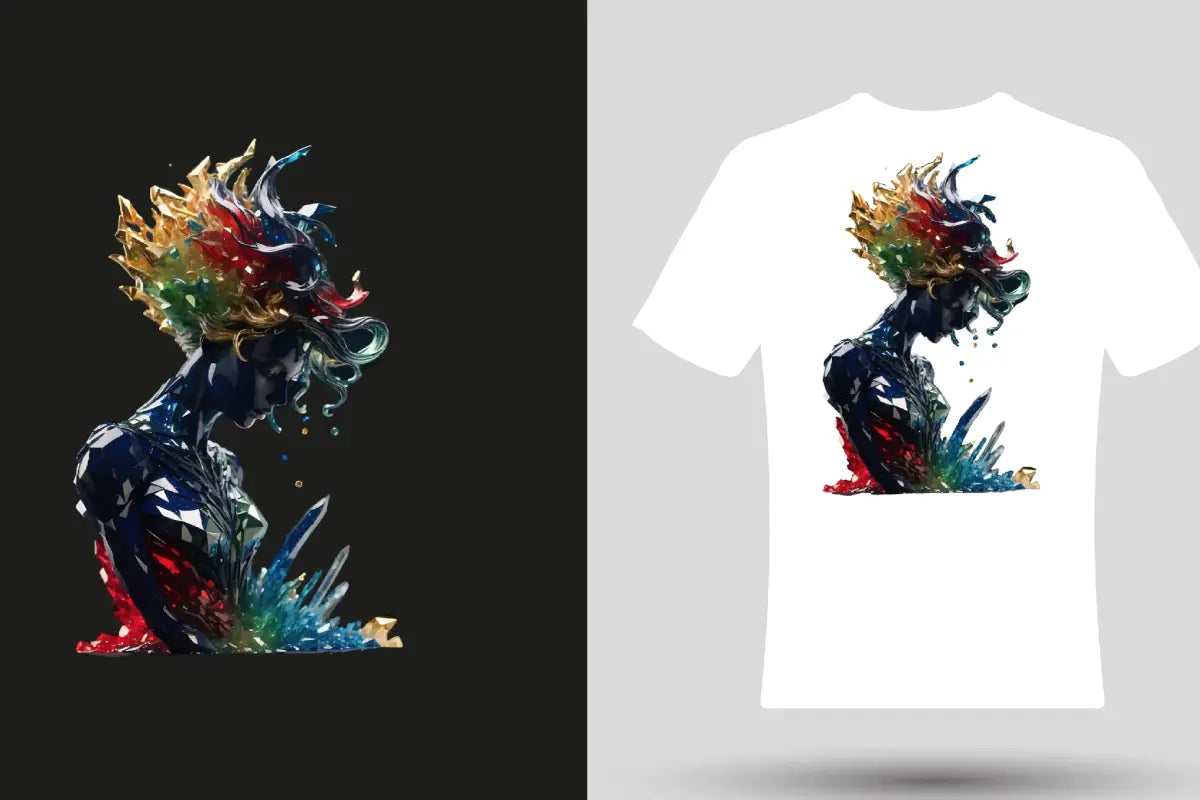
DTF vs. Screen Printing: Which One Is Better?
Understanding the Basics of DTF and Screen Printing
When comparing DTF transfers to screen printing, it is essential to understand how each method works. DTF transfer technology involves printing designs onto a special film before transferring them to fabric using adhesive and heat. In contrast, screen printing uses stencils and layers of ink applied directly onto the material. Both methods have distinct advantages depending on the intended use and scale of production.
Durability and Longevity of DTF Transfers vs. Screen Printing
Durability is a critical factor in determining the effectiveness of any printing method. DTF transfers offer long-lasting prints that do not crack or fade easily, even after multiple washes. Similarly, screen printing produces highly durable results but may experience some wear over time. When properly applied, DTF transfer designs maintain their quality and vibrancy for extended periods.
Color and Design Capabilities of DTF Transfers
For complex and multi-color designs, DTF transfers provide superior versatility. Unlike screen printing, which requires separate stencils for each color, DTF transfer technology allows for full-color, detailed images in a single process. This makes it an ideal option for intricate designs, gradients, and photo-realistic prints.
Production Speed and Efficiency of DTF Transfers
Efficiency is crucial in the apparel printing industry, and DTF transfers excel in this area. Since there is no need for stencil preparation or layering ink, DTF transfer printing speeds up production, making it a great choice for small orders and on-demand printing. Screen printing, however, is more efficient for bulk production where identical prints are required in large quantities.
Cost Considerations for DTF Transfers and Screen Printing
Cost-effectiveness depends on factors such as setup expenses and material usage. DTF transfers require minimal setup, making them more affordable for small runs and custom prints. Screen printing, while cost-effective for bulk orders, involves higher initial setup costs due to the need for stencil creation. For low-volume production, DTF transfer printing is often the more economical choice.
Versatility and Fabric Compatibility of DTF Transfers
The ability to print on different materials gives DTF transfers an edge over screen printing. While screen printing works best on cotton and similar fabrics, DTF transfer technology can be applied to a broader range of textiles, including polyester, synthetic blends, and even leather. This flexibility makes DTF transfers suitable for diverse apparel and merchandise applications.
Conclusion
Both DTF transfers and screen printing offer distinct advantages depending on the intended use. DTF transfer technology excels in color complexity, fabric versatility, and small-run affordability, while screen printing is ideal for high-volume production. Choosing the right method depends on production needs, design requirements, and budget considerations.
Frequently Asked Questions
-
What is the main difference between DTF transfers and screen printing?
- DTF transfers use film and adhesive, while screen printing applies ink through stencils onto fabric.
-
Which method lasts longer, DTF transfers or screen printing?
- Both methods are durable, but DTF transfers maintain color vibrancy and flexibility over time.
-
Are DTF transfers better for detailed designs?
- Yes, DTF transfers allow for full-color, intricate designs without requiring multiple screens.
-
Is screen printing more cost-effective than DTF transfers?
- For bulk orders, screen printing is more cost-effective, but DTF transfers are better for small runs.
-
Can DTF transfers be used on all fabric types?
- Yes, DTF transfers work on cotton, polyester, blends, and synthetic fabrics.
-
Does screen printing have color limitations?
- Yes, screen printing requires separate stencils for each color, which can increase costs and complexity.
-
Which printing method is faster?
- DTF transfers are faster for small orders, while screen printing is more efficient for high-volume production.
-
Are DTF transfers more environmentally friendly?
- DTF transfers produce less waste since they do not require screens or excess ink.
-
Do DTF transfers feel different on fabric?
- DTF transfers create a smooth and flexible print, while screen prints can feel thicker depending on the ink used.
-
Which method is best for startups?
- DTF transfers are ideal for startups due to their low setup costs and high customization flexibility.